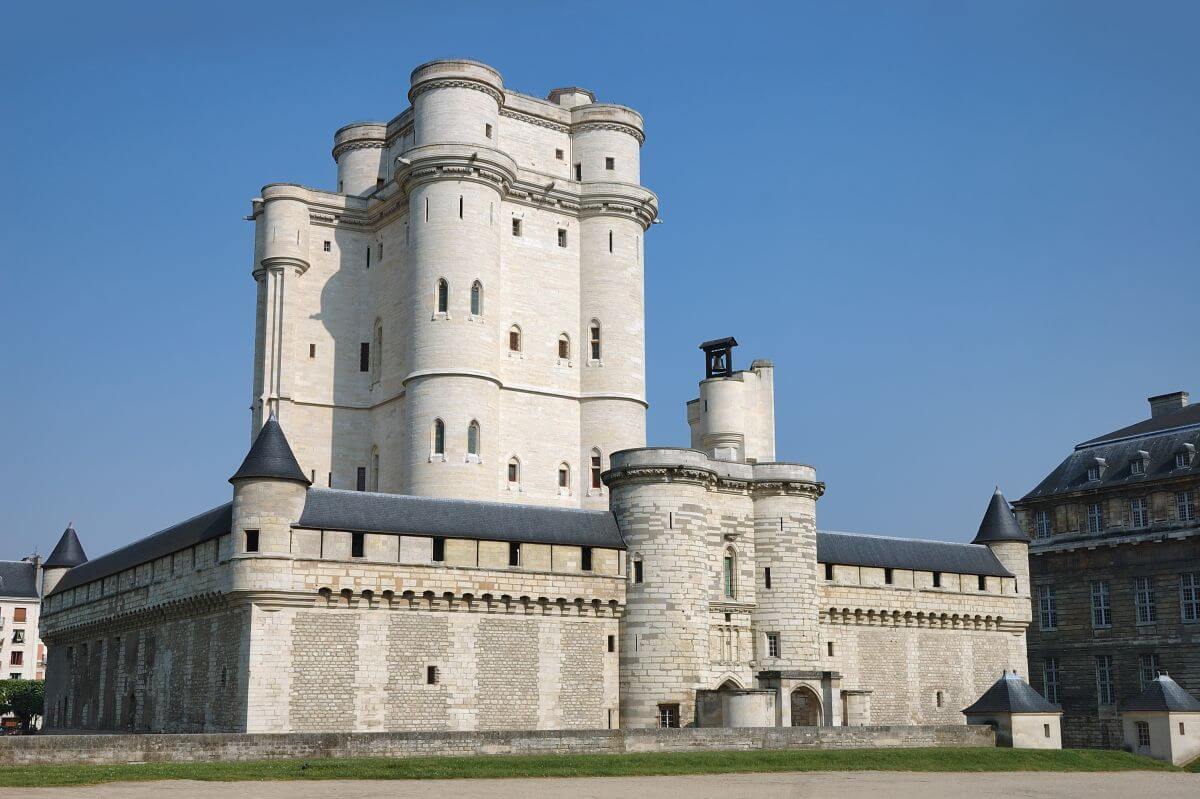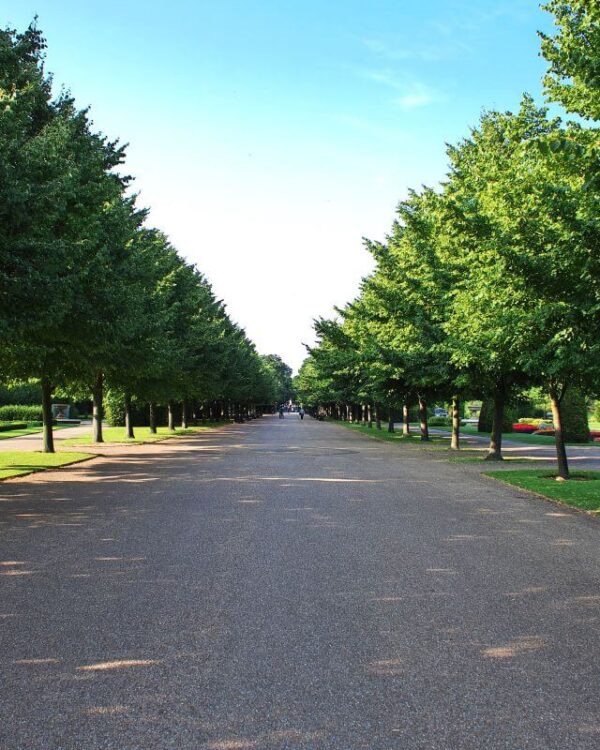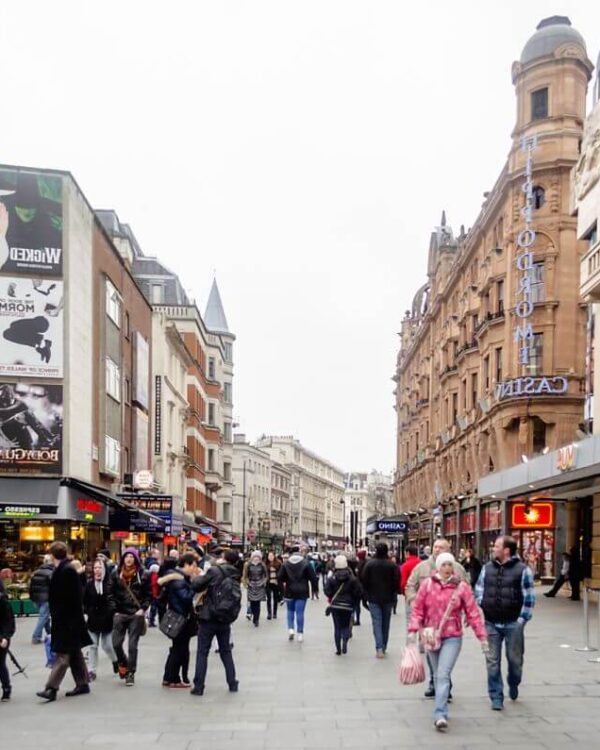About the Château de Vincennes – History and Meaning
The Chateau de Vincennes was built in the 14th century as a royal residence, and it served this purpose for many years. It was commissioned by King Jean II of France, who wanted a more secure residence than that of Louis VII. The high walls and towers, massive keep and deep moat made the chateau nearly impregnable!
Charles V inherited the fortified residence, and it continued to be expanded and decorated with French classical sculptures and paintings until Louis XIV moved the royal court to Versailles in 1682. In the 17th century, the chateau became a prison, and it remained one of France’s most notorious prisons until the early 20th century. Some famous prisoners of the chateau included Jean Fouquet, Marquis de Sade, Honoré Mirabeau, and Denis Diderot.
In the late 19th century, the Château de Vincennes was turned into a military base, and Napoleon III started developing the Bois de Vincennes. In the mid-20th century, the former fortress was opened to the public as a historic monument. Today, visitors can explore the chateau’s beautiful grounds, tour the inside of the castle, and learn about its fascinating history.
What’s Inside the Château de Vincennes?
The chateau is home to a number of important historical artifacts, including the Sainte-Chapelle de Vincennes. This chapel was built in the 14th century and is one of the best-preserved examples of Gothic architecture in France.
The Donjon de Vincennes is the most iconic building on the grounds. This massive keep is the tallest in Europe and served as a model for other castles built in the 15th century. The Defence Historical Service maintains a museum in the keep, covering the military history of France. The museum has a collection of weapons, uniforms, and other artifacts from different periods in French history.
Practical Information for Visiting Chateau de Vincennes
The chateau is open every day except January 1, May 1 and December 25. Opening hours vary depending on the season, so be sure to check the website before you visit.
Admission is free for youth under 18 (who are visiting with family or a school group) and EU citizens under 25. For everyone else, individual tickets are €9.5 or €7.5 from June 15 to September 15.
Guided tours are available in French. If you don’t speak the language, there are also audio guides available in English, German, Spanish, Italian, and Japanese.
The Chateau de Vincennes is located on the Avenue de Paris in Vincennes. You can get to the fortress by metro (line 1, Château de Vincennes station) or RER A (Vincennes station). Buses 46, 56, and 86 also go there.
Places Worth Visiting Near Chateau de Vincennes
After you’ve explored the chateau, take some time to walk around the Bois de Vincennes (Vincennes Woods). This park is the largest public park in Paris and is a great place to relax or have a picnic.
For more stunning views, pay a visit to the Parc Floral de Paris, located just next to the chateau. This botanical garden is the site of major annual flower shows, and over 30,000 species of plants grow in its 35 hectares of gardens!
The Parc Zoologique de Paris (Paris Zoological Park) is also nestled within the woods, and it’s a great place to see some of the world’s most exotic animals – giraffes, ostriches, fossas, and much more.
Explore the Château de Vincennes Yourself!
If you’re interested in French history, the Chateau de Vincennes is a great place to learn about a different side of the country’s past. The chateau is just a short train ride from Paris, and it makes for an enjoyable day trip from the city. So if you’re looking for something to do outside the hustle and bustle of Paris, be sure to add it to your list!
Similar Posts:
- The Bois de Boulogne in Paris: Discover the West of Paris and Its Charming Public Park
- Place des Vosges in Paris: Le Marais District Attraction Guide. Visit the Oldest Square in Paris
- Château de Versailles: What You Don’t Know About the Palace of Versailles
- Les Invalides, Paris. Plan Your Visit to Les Invalides in Paris. See Hotel des Invalides, Tombs, and Military Museum
- The Luxembourg Palace in Paris: Exploring Palais du Luxembourg, the Home of the French Senate (Sénat)
- Domaine National du Palais Royal: A Former Royal Residence in Paris
- Discover the Oldest Park in Paris: Tuileries Garden in Paris (Jardin des Tuileries)
- The Attractions and History of the Place de la Concorde: A Famous Parisian Square



